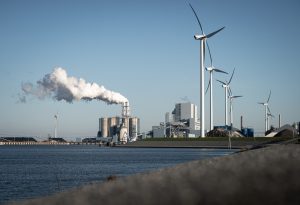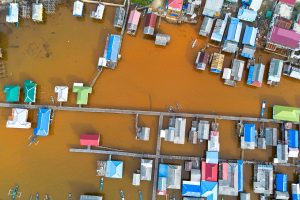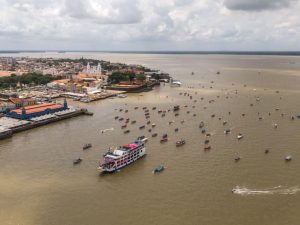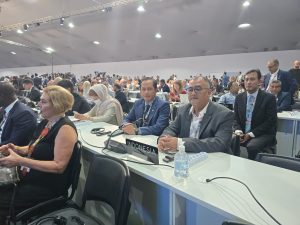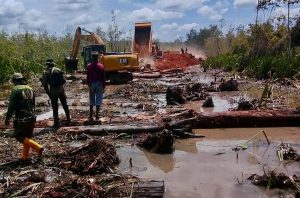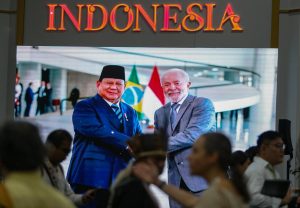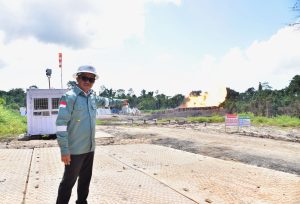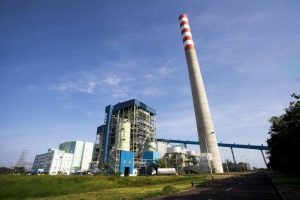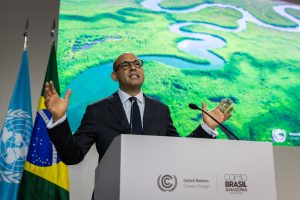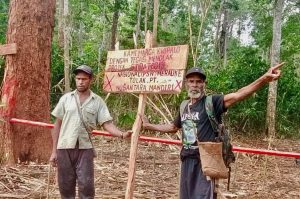Jakarta – Indonesia needs to mobilise diverse sources of climate financing given the country’s needs for a huge amount of climate financing, as well as a move to accelerate the development of renewable energy projects in the country, according to Infrastructure Asia.
Lavan Thiru, Executive Director of Singapore-based Infrastructure Asia (InfraAsia) told tanahair.net in a written interview that Indonesia aims to add 75GW of renewable energy capacity over the next 15 years, including solar, hydro, geothermal, and nuclear power, as part of its broader green energy development agenda.
To support these efforts, the Asian Development Bank approved a USD500 million loan under the Just Energy Transition Program, which focuses on reducing coal reliance and establishing a robust regulatory framework for clean energy.
“However, Indonesia will need to significantly scale up its clean energy transition,” Lavan Thiru said.
He cited Kearny’s recent report, which estimated that Indonesia will require approximately USD2.4 trillion from 2022 to 2060 to transition to renewable energy and meet its net-zero targets.
The planned development of 75GW of renewable energy aligns with the country’s 2060 net-zero emissions target. In addition, the current government has declared that it is prioritising investments in climate-resilient and sustainable projects.
He noted that under Prabowo’s administration, key focus areas include improving irrigation systems to enhance food security and strengthening the management of water and waste resources.
Energy transition is also a key priority, with efforts focused on developing green energy solutions and reducing carbon emissions.
“While there has been growing investment interest in renewable energy and decarbonisation, regulatory and policy uncertainty remains a key barrier. Governments and financial institutions play a critical role in establishing clear standards and working collaboratively to ensure that the risk-return profile remains attractive to investors and financiers,” he said.
“Developing accepted frameworks, such as taxonomies and standardised loan documents, can help lower barriers to sustainable infrastructure investments,” he added.
He noted that evolving regulatory frameworks, especially in renewable energy and carbon markets, can create investor uncertainties. Onerous requirements coupled with the shift to a ‘deliver-or-pay’ system further limit private sector interests.
In addition, implementing ceiling tariffs and high local content requirements (LCRs), especially when domestic supply chains may not be developed, increases project costs, while unclear processes in obtaining permits inevitably increase investors’ risk, he said.
Energy transition and private sector role
The Indonesian government has made several encouraging moves to mobilise private sector participation to support its energy transition goals. These include relaxing local content requirements (LCR) to attract concessional funding from international development banks for renewable energy projects and electricity infrastructure development. Indonesia also launched the Green Energy as a Service (GEAS) initiative as part of its commitment to provide clean electricity from new renewable energy power plants.
These efforts, coupled with the introduction of international carbon trading through IDX Carbon, demonstrate Indonesia’s commitment to its energy transition.
“We observed that one best practice for attracting private capital in sustainable infrastructure is early market sounding. This process involves proactive engagement with private sector stakeholders — such as investors, developers, and financiers — before launching an infrastructure project,” he said.
The objective is to align expectations between the public and private sectors, ensuring that projects are commercially viable, bankable, and structured to attract competitive bids.
InfraAsia said through its Asia Infrastructure Forum (AIF), the agency has served as a platform for its partners to present their upcoming infrastructure projects and encourage industry feedback on project structures, financing models and regulatory or market barriers before project tendering.
“At AIF 2024, we showcased a total of 12 projects from Indonesia across various sectors such as renewable energy, waste and water management, as well as social infrastructure,” he said.
He noted that “collaboration will be key” for any sustainable infrastructure or climate-related projects to succeed. The success of Indonesia’s transition to a low-carbon economy hinges on such support, in addition to technical execution, long-term financing, and robust policy frameworks.
This is also why InfraAsia advocates for deeper public-private partnerships (PPPs). It will be difficult for public financing to fund Indonesia’s power and energy transition plans solely. Mobilising private sector capital, technology, and operational expertise will be critical to accelerating the deployment of bankable renewable energy projects—be it solar, hydropower, or microgrids.
Finally, there is no energy transition without transmission. He said one of the challenges of renewable energy is that it may not be consumed where it is generated. Hence, an effective set of transmission and distribution networks is critical, and more so for an archipelago like Indonesia. (Roffie Kurniawan)
Banner photo: Image generated by OpenAI’s DALL·E via ChatGPT (2024)
*Update May 28, 2025, 17:45: Editing the correct spelling of InfraAsia and spelling out the title to Infrastructure Asia


